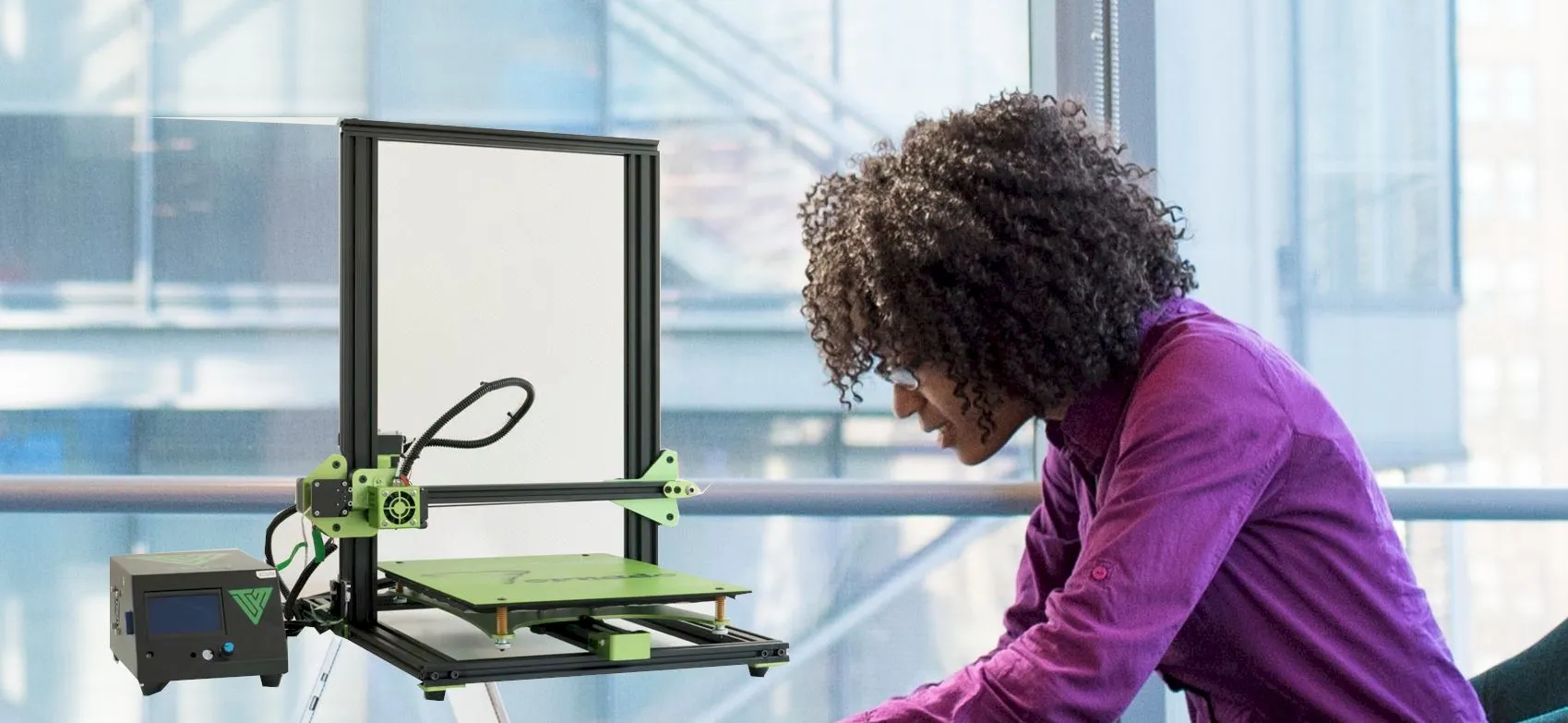What is Thermal Runaway
Thermal runaway is a critical safety hazard in 3D printing, and especially so with a machine like the Tevo Tarantula. It occurs when the 3D printer’s heating elements, primarily the hot end and the heated bed, overheat uncontrollably. This can lead to melting of plastic components, smoke, fire, and significant damage to your printer and even pose a fire risk. Understanding thermal runaway is the first step in preventing it and ensuring the safe operation of your Tevo Tarantula. It’s a situation where the printer’s firmware or hardware fails to regulate the temperature, causing it to rise rapidly beyond safe limits.
Understanding the Danger
The dangers of thermal runaway are severe. The extreme heat generated can ignite plastic filaments, surrounding materials, and even the printer itself. This poses a significant fire hazard, especially if the printer is left unattended. Beyond the immediate fire risk, thermal runaway can also damage the printer’s components, leading to costly repairs or complete printer failure. Furthermore, the fumes released during thermal runaway can be toxic, posing a health risk. Knowing the potential consequences underscores the importance of preventative measures and prompt response to any signs of thermal runaway.
Causes of Thermal Runaway
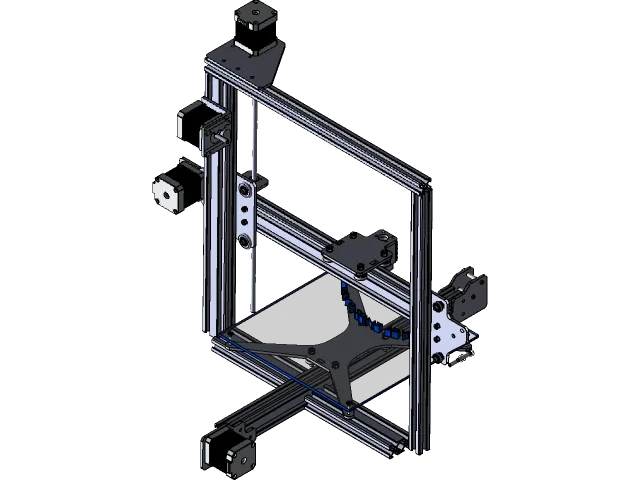
Several factors can contribute to thermal runaway in a 3D printer. These include faulty thermistors, which are responsible for measuring temperature, and heater cartridges, which provide the heat. Wiring issues, such as loose connections or damaged wires, can also trigger thermal runaway by interrupting the temperature control loop. Firmware errors or outdated firmware versions might not accurately monitor or control the temperature. Inadequate power supplies can lead to unstable voltage, impacting heating element control. External factors like ambient temperature changes and even the type of filament used can indirectly increase the likelihood. Regular maintenance and attention to these potential causes can significantly mitigate the risk.
Top 5 Signs of Thermal Runaway on Your Tevo Tarantula
Recognizing the signs of thermal runaway is crucial for a quick response. The following are the five key indicators that something is wrong with your Tevo Tarantula and that thermal runaway might be occurring or about to occur. If you notice any of these signs, immediately shut down your printer and investigate the cause. Do not leave the printer unattended if you suspect an issue. Early detection can prevent extensive damage and potential safety hazards, therefore pay close attention during your printing process.
Unstable Temperature Readings
One of the primary signs of thermal runaway is fluctuating or erratic temperature readings on your printer’s display. The temperature of the hot end or heated bed might jump erratically, going well above the set temperature. It can also fall suddenly. This instability indicates a problem with the thermistor, the heating element, or the control circuitry. If you observe temperature fluctuations that are not consistent with normal printing behavior, it is a clear indication that something is not right with your Tevo Tarantula. Monitor the temperature graphs displayed on your printer or through monitoring software closely. Be mindful of the temperatures your printer is reading, if you see unusual behavior, investigate further.
Smoke or Burning Smell
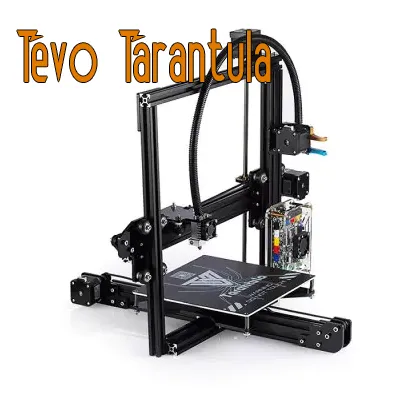
A telltale sign of thermal runaway is the presence of smoke or a distinct burning smell emanating from your printer. This often indicates that plastic components are melting or that wires are overheating. The smell may be acrid and unpleasant, signaling a significant issue. Immediately shut down your printer and inspect for the source of the smoke or smell. Do not continue printing if you notice any smoke or burning odors. It is important to address these issues as soon as possible to prevent a full-blown fire. Locate the source and take preventative actions.
Visible Melting or Damage
Inspect your Tevo Tarantula for any visible signs of melting or damage to its components. Look closely at the hot end, the heated bed, and any plastic parts near the heating elements. If you see that components are melting or deforming, it’s a clear indication of thermal runaway. Damage can manifest as softened plastic, charred areas, or even completely melted parts. Address these quickly to prevent more serious harm. Be certain to look inside the machine and inspect wires as well. This is a very dangerous sign and requires immediate attention.
Erratic Printer Behavior
Thermal runaway can also lead to erratic printer behavior. The printer might stop mid-print, reset itself, or display error messages. The print head might move in unexpected ways, or the extruder might fail to function correctly. This type of unpredictable behavior can be a symptom of unstable power delivery, faulty wiring, or other issues that are directly related to thermal runaway. If your Tevo Tarantula exhibits unusual behavior that disrupts the printing process, immediately investigate the cause. Erratic movements or unexpected pauses are signs of a problem and require quick attention.
Unusual Noises from the Printer

Another sign of potential thermal runaway is unusual noises coming from your printer. These sounds can include clicking, buzzing, or crackling, and may indicate electrical issues or overheating components. These noises may be caused by the fan failing or by the wiring arcing. A damaged thermistor might also create unusual noise. If you hear anything out of the ordinary from your Tevo Tarantula, turn off the printer and carefully inspect it. Investigate the cause of the unusual noise before resuming printing to prevent further damage or potential safety hazards.
How to Prevent Thermal Runaway on Your Tevo Tarantula
Preventing thermal runaway on your Tevo Tarantula requires a proactive approach that focuses on regular maintenance, component quality, and careful monitoring. Implementing these preventive measures will significantly reduce the risk of thermal runaway. By taking these steps, you’ll not only ensure your printer’s safety, but also extend its lifespan and improve your overall 3D printing experience. Being proactive ensures that you can keep printing and avoid expensive repairs. Take a look at each step you can take to prevent thermal runaway.
Regular Maintenance and Inspection
Perform regular maintenance and visual inspections of your Tevo Tarantula. Check wiring connections for any signs of wear, damage, or looseness. Inspect the thermistor and heater cartridge for any visible damage or degradation. Clean the printer components to ensure optimal performance. Also, make sure to regularly tighten any screws or connections that might have loosened over time. Regularly inspect your 3D printer for damage and make any necessary repairs. Regular maintenance is the foundation for any 3D printer. These practices will help catch any issues before they escalate into thermal runaway.
Firmware Updates
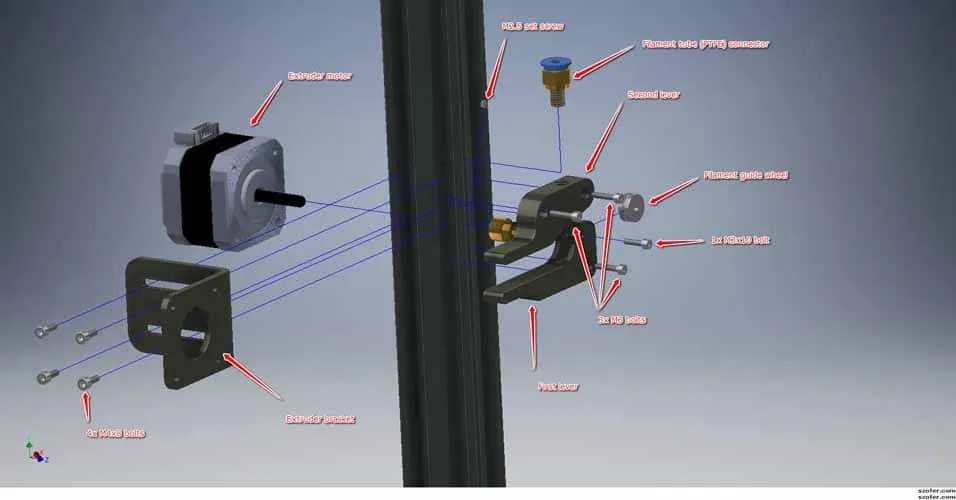
Keep your printer’s firmware up to date. Firmware updates often include bug fixes and improvements to temperature control algorithms. These updates can address vulnerabilities that could lead to thermal runaway. Ensure your Tevo Tarantula has the latest firmware version installed. Check the manufacturer’s website or your printer’s documentation for instructions on how to update your firmware. Keeping the firmware updated can improve the safety and reliability of your printer.
Quality Components
Use high-quality, reliable components for your Tevo Tarantula. This includes thermistors, heater cartridges, and power supplies. High-quality components are less likely to fail or malfunction, which reduces the risk of thermal runaway. Invest in reliable components from reputable suppliers and avoid using cheap, low-quality parts, since those are more prone to fail. It is important to invest in quality, reliable components to ensure the safety and long-term performance of your 3D printer.
Proper Wire Connections
Ensure all wire connections are secure and properly insulated. Loose or damaged wiring can cause intermittent electrical contact, leading to temperature fluctuations and potentially thermal runaway. Check and tighten wire connections regularly, and replace any damaged wiring. Use high-quality connectors and ensure that all wires are correctly seated and secured. Regularly inspect your wiring to avoid issues that can cause thermal runaway. Proper wiring practices are essential for safe and reliable 3D printing.
Monitoring Your Printer
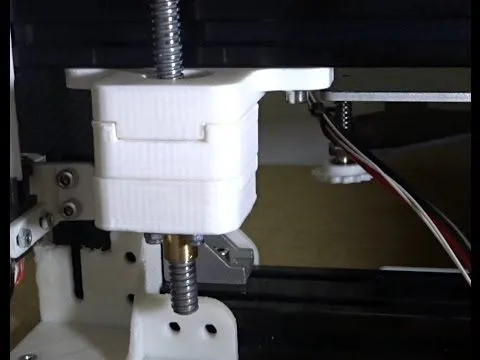
Always monitor your printer during operation. Keep a close eye on the temperature readings and watch for any unusual behavior or noises. Monitor the printer when you are not in the same room. Consider using a webcam to remotely monitor your prints. If you notice anything out of the ordinary, such as fluctuating temperatures or unusual noises, shut down your printer immediately and investigate. Continuous monitoring is one of the most important things you can do to prevent thermal runaway and maintain a safe printing environment.
Troubleshooting Thermal Runaway
If you suspect that your Tevo Tarantula is experiencing thermal runaway, take prompt action to troubleshoot the issue. Immediate troubleshooting is crucial to minimize damage and prevent potential fire hazards. Follow a systematic approach to identify the source of the problem and implement corrective measures. Remember to prioritize safety throughout the process and take the time to check each potential cause. Here are a few steps to take to troubleshoot thermal runaway.
Identify the Source
Begin by identifying the source of the thermal runaway. Determine whether the issue is with the hot end, the heated bed, or another component. Examine the temperature readings to see which part of the printer is overheating. If you see unstable temperature, try turning off the heating elements individually to see if one of them is the source of the issue. This will help you narrow down the cause. Understanding which component is the source of the problem is vital to diagnose the thermal runaway issue.
Inspect Wiring
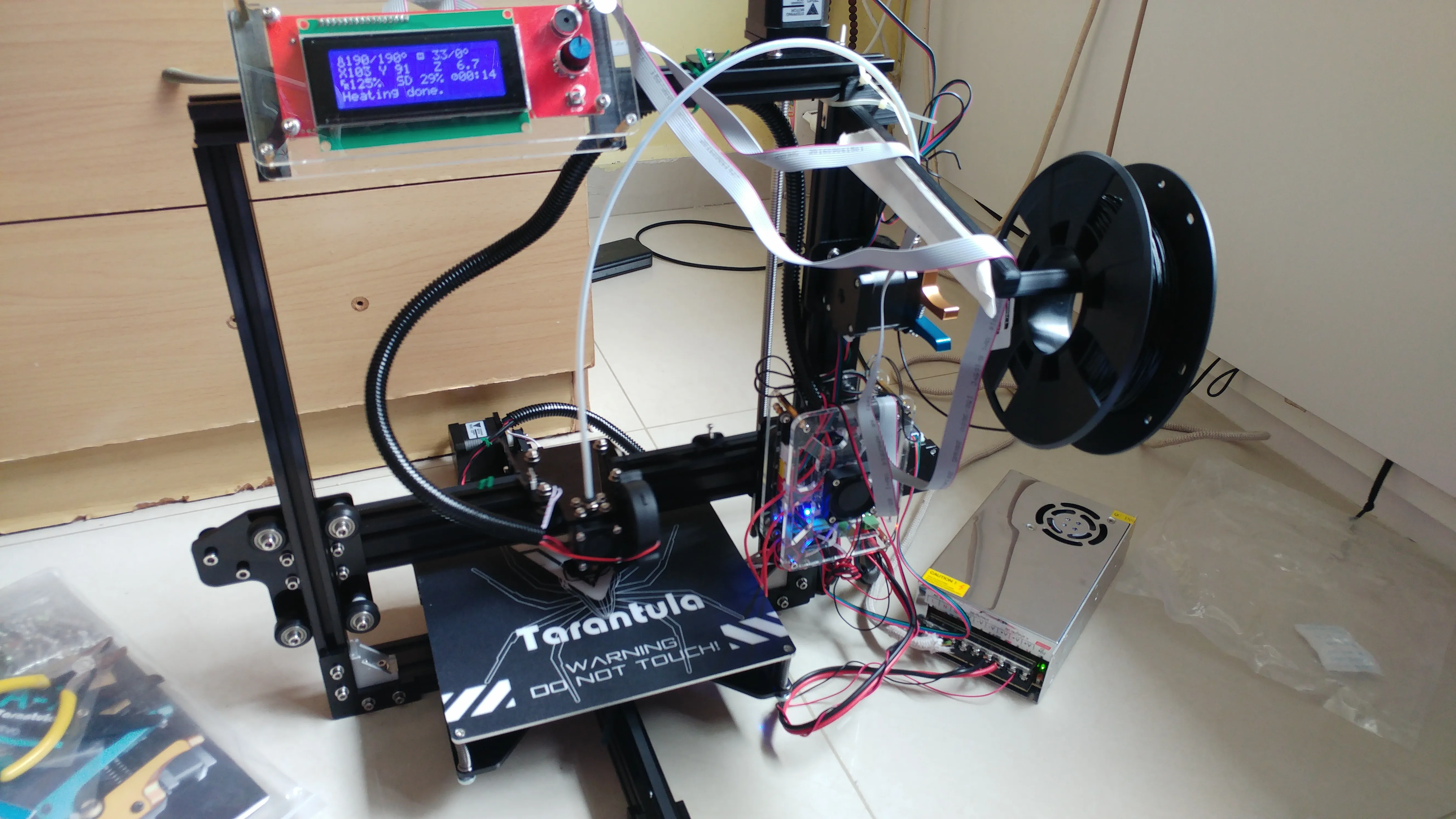
Thoroughly inspect all wiring for damage or loose connections. Loose connections can cause fluctuations in temperature. Ensure that all wires are properly secured and that there is no frayed insulation. Look for any signs of burning or melting on the wires. Any faulty wiring must be replaced. Wiring issues are a common source of thermal runaway. Proper wiring is crucial for ensuring consistent and safe operation of your printer. Addressing these issues will ensure that your printer is ready to print.
Check Thermistors and Heater Cartridges
Check the thermistors and heater cartridges for any signs of damage or malfunction. Test the thermistor for continuity to ensure it is functioning correctly. Test the resistance of your thermistors, and compare them to the specifications provided by the manufacturer. If you find that the thermistor is not reading accurately, replace it immediately. Examine the heater cartridge to ensure it is properly connected and not damaged. Check their resistance to verify if they are still working. Replace any faulty components to prevent thermal runaway and keep your printer safe.
Replace Faulty Components
Once you have identified the faulty components, replace them with high-quality, compatible replacements. Ensure that the new components are correctly installed and that all connections are secure. After replacing the components, retest your printer to ensure that the temperature readings are stable and that the printer is operating correctly. Replacing any faulty components is an important step in addressing thermal runaway. Double-check all the wiring and make sure that you have addressed all the issues found. Use the right tools to replace each part to guarantee optimal functionality.
Safety Precautions and Best Practices
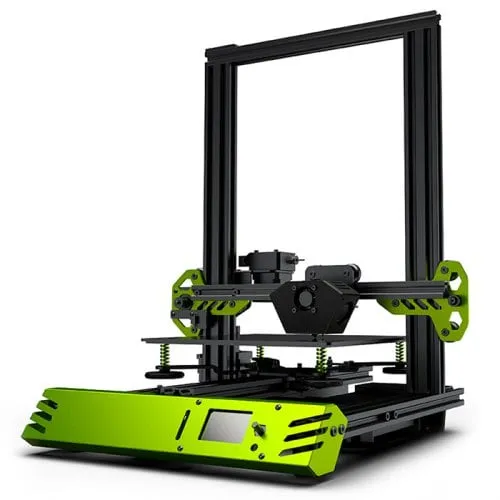
Implementing these safety precautions and best practices is essential for safe and reliable 3D printing with your Tevo Tarantula. Following these recommendations will reduce the risk of thermal runaway and create a safer printing environment. Even with all the preventive measures in place, it is important to be aware of the potential risks and act accordingly. Safety is paramount, and taking these steps can help protect your printer and your home.
Always Monitor Your Printer
Always monitor your printer during operation. Never leave your printer unattended for extended periods. Regularly check the temperature readings and listen for any unusual sounds. By monitoring your printer, you are able to quickly detect any issues that might lead to thermal runaway. Use a webcam or other remote monitoring system. Continuous monitoring is essential to ensure a safe printing environment and take quick action. This will prevent damage to your printer and maintain your safety.
Use a Fire-Resistant Surface
Place your Tevo Tarantula on a fire-resistant surface. This can help contain any potential fires in the event of thermal runaway. This is a critical safety measure. You can also use a fire-resistant enclosure to further protect your printer and your surroundings. Being prepared can mean the difference between damage and no damage. In the event of thermal runaway, you will be prepared to handle the issue.
Never Leave Your Printer Unattended
Never leave your 3D printer unattended, especially during long prints. If you must leave the room, consider pausing the print and checking the printer periodically. If you cannot monitor the printer, it’s best to avoid printing. This can help prevent any potential safety hazards. Your printer should always be within sight or be able to be monitored remotely. This measure can prevent serious hazards.
